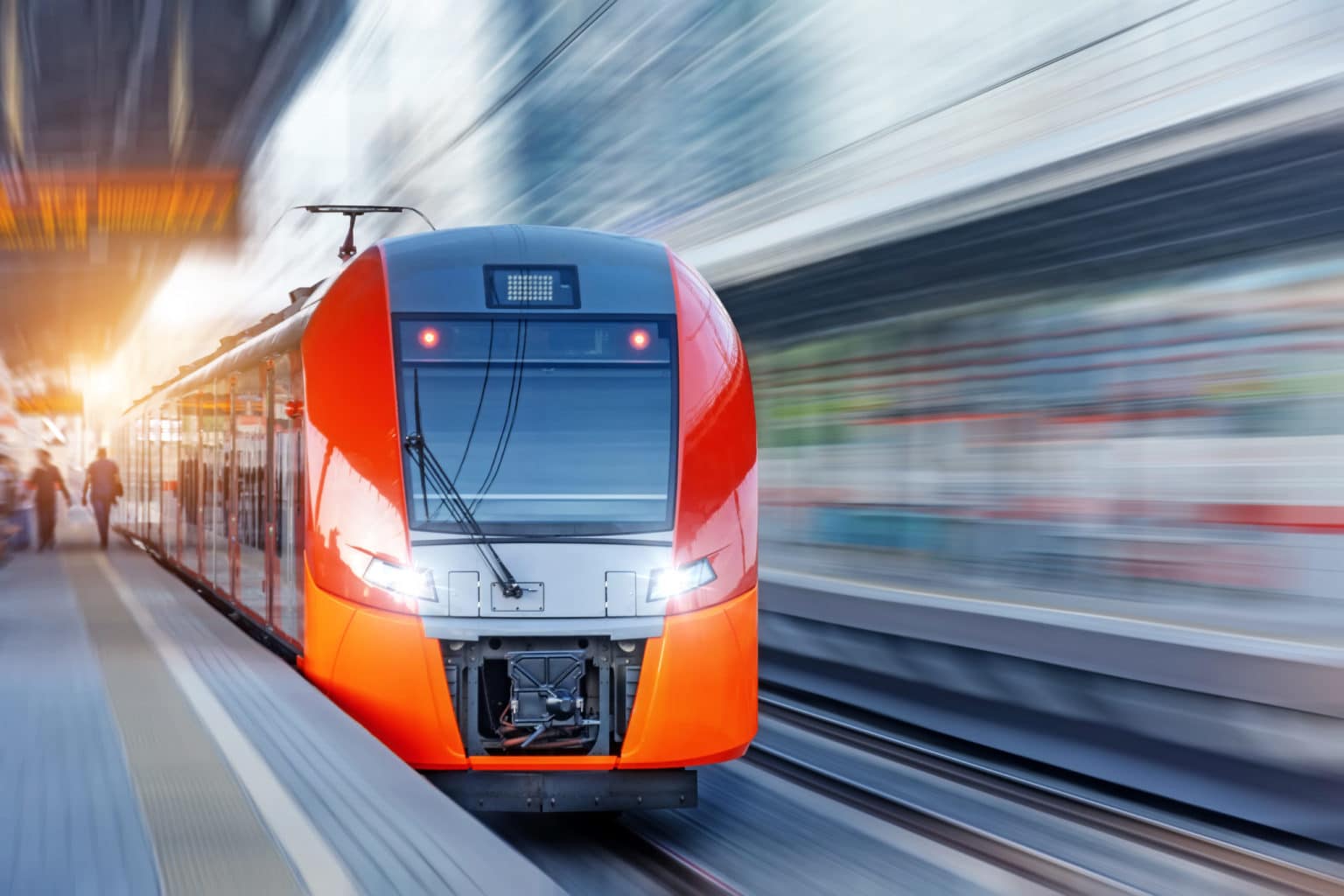ISJ Exclusive: Making public transport more secure for passengers


James Thorpe
Share this content
2019 was a rollercoaster, wasn’t it? As someone who spent more than 200 nights on the road, using all manner of public transport, it heartened me to see the innovation and development of digital technologies in action, such as improved cameras that can recognise security and behavioural trends, operational or safety-based inefficiencies or even ways of improving the travel experience for passengers. 2020 brings the possibility of even more new ideas and innovations, to make transit run more smoothly and safely. And the introduction of continued innovation is positioning businesses that rely on these same transportation networks for new opportunities, strategies and success.
Artificial intelligence (AI)-enabled solutions for increased mobility via smart devices has led to the Internet of Things (IoT)-connected world being shaped by the increased demand for transformative technologies, such as the wide range of new sensors capable of recording and analysing everything from shopping habits to air quality. IoT has a significant impact on our daily lives, changing how we interact with each other, how we do business and how we ensure safety.
We see these trends impact a variety of markets and the transportation industry is at the top of the list. According to Research and Markets, the mass transit security market will register a CAGR of more than 8.7% leading up to 2024. The report found that growing concerns regarding terror attacks and crimes have increased the requirement for infrastructure development for mass transit security and technologies, such as video surveillance and analytics, are in demand to support broad safety initiatives.
Building intelligence
When we imagine the transit of the future, we’re consumed by ideas of hyperloops, driverless vehicles and almost instantaneous matter transfer — and we’re not that far away! But for right now, it is the emergence of digital technologies that will be critical to making everyday services run efficiently.
The very foundation of a transit system should be safety. A focus on safety leads to reduced crime and safer conditions for travellers and helps improve response to potential incidents. And these critical safety functions rely on data.
Safe transit environments are built on information collated from an array of sensors and databases combined with video data and analytics. Facial recognition, behavioural analysis, license plate recognition and other intelligent solutions are all becoming more commonplace, which means that effectively collecting, analysing, storing and acting on all of this information in real-time is critical to achieving safety and operational goals. That doesn’t happen without the proper infrastructure.
The safe transit systems of the future
While most transit authorities rely on video, security and IoT platforms to better protect and optimise their operations and passengers, these solutions are often decentralised, disconnected, prone to failures and costly to maintain. Additionally, the demand for real-time analytics to improve situational awareness grows as data capture efforts increase. As the volume and collection of data expands, traditional IT infrastructures fall short of fulfilling the demands of these environments.
In addition to effectively monitoring, storing, securing, processing and mobilising data from hundreds and thousands of cameras and sensors, a transit agency’s IT infrastructure solution must integrate seamlessly with existing and new IoT technologies. It also must support multi- demands, as well as big data and analytics applications of video-based metadata, including crowd management, traffic monitoring, parking systems and more.
An agile, software-defined infrastructure solution with the flexibility to balance performance, resilience and scalability can ensure all the elements of a transit system’s safety and security environment work together to protect travellers from crime and terrorism and mitigate risk, while simultaneously improving traveller experience. Hyperconverged infrastructure (HCI) allows for the consolidation of video management, IoT data collection, video and data analytics as well as storage, access control and other related applications onto a single, simple-to-deploy and easy-to-manage industry-standard appliance. HCI platforms eliminate the complexity of separate physical servers and storage and provide a more seamless way to scale the infrastructure as camera or sensor counts grow and analytics demands increase.
Transit security management and IT teams worldwide have to contend with constant security, safety and operational challenges. They are often tasked with building, deploying and managing a large-scale, distributed security system that must account for critical security services, safety protocols, regulatory and policy compliance, operational efficiencies and changing business needs, all while improving traveller experience and keeping costs in check.
In this extremely dynamic environment, using IoT and video analytics to keep travellers safe needs the assistance of technology and that technology needs to run on an infrastructure designed to help keep the trains and buses running on time. Given that I am projecting another 200-plus nights on the road in 2020, I’m thankful for the technologies that keep innovating and making the transit experience safer and sounder.

By Mike Beevor, Field Chief Technologist at Pivot3



